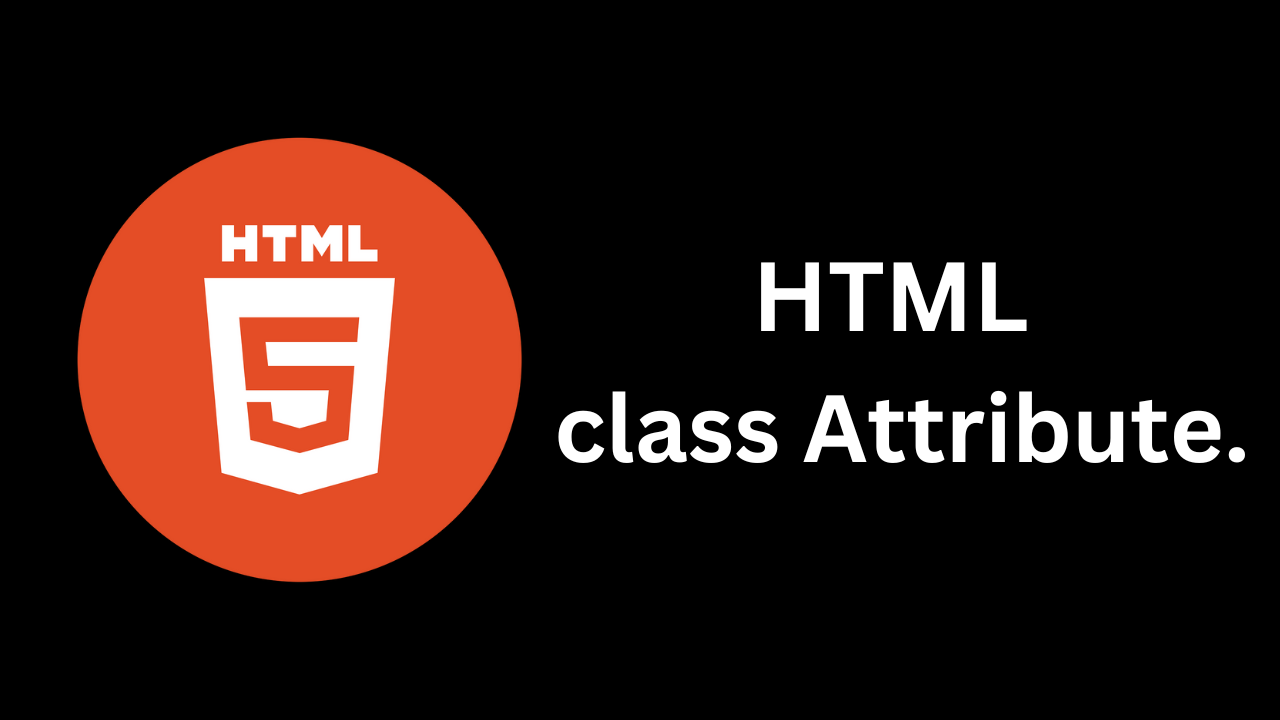Understanding the HTML class Attribute
 Shivani Patel
Shivani Patel
The class attribute in HTML is a powerful tool that enhances the way we structure and style our web pages. By allowing developers to assign one or more class names to an HTML element, it provides a method for applying CSS styles and JavaScript functionality consistently across multiple elements. In this blog post, we will explore the purpose of the class attribute, its syntax, usage, and best practices.
What is the class Attribute?
The class attribute is used to specify one or more class names for an HTML element. These class names can then be targeted by CSS to apply styles or by JavaScript for DOM manipulation. The class attribute is an essential part of modern web development, making it easier to manage styles and behaviors across various elements.
Syntax
The syntax for using the class attribute is straightforward. It is added to any HTML element using the following format:
<element class="class-name">Content</element>
You can also assign multiple classes to an element by separating them with spaces:
<element class="class1 class2 class3">Content</element>
Example of Using the class Attribute
<p class="text-highlight">This is a highlighted paragraph.</p>
<div class="box container">This is a container box.</div>
In this example, the paragraph and div elements are assigned specific classes that can be targeted with CSS.
Benefits of Using the class Attribute
Reusability: Classes can be applied to multiple elements, allowing you to reuse styles and maintain consistency across your web page.
Simplified Styling: With classes, you can easily apply styles to groups of elements without having to target each one individually.
JavaScript Targeting: Classes enable JavaScript to easily select and manipulate groups of elements, enhancing interactivity on your webpage.
Organized Code: Using classes helps keep your HTML structured and easier to read, especially in complex layouts.
Styling with CSS
Once you have assigned classes to elements, you can use CSS to style them. Here’s how to apply styles to elements with specific class names:
Example of CSS Styling
<style>
.text-highlight {
background-color: yellow;
font-weight: bold;
}
.box {
border: 1px solid #ccc;
padding: 20px;
margin: 10px 0;
border-radius: 5px;
}
.container {
max-width: 800px;
margin: auto;
}
</style>
In this example, the styles for .text-highlight, .box, and .container classes are defined in CSS, impacting all corresponding elements.
Combining Classes
One of the strengths of the class attribute is the ability to combine multiple classes on a single element. This allows for more complex styling without the need for additional markup.
Example of Combining Classes
<div class="box container highlight">This box has multiple classes applied.</div>
In this example, the div element receives styles from three different classes: box, container, and highlight.
Best Practices for Using the class Attribute
Use Meaningful Class Names: Choose descriptive class names that clearly convey the purpose of the style, which improves readability and maintainability.
Follow Naming Conventions: Consider adopting naming conventions like BEM (Block Element Modifier) to keep your classes organized and predictable.
Limit the Number of Classes: While combining classes is powerful, try to limit the number of classes applied to a single element to maintain clarity and avoid confusion.
Use Classes for CSS and JavaScript: Assign classes for styling and script targeting, which helps keep your code organized and reduces the need for excessive inline styles or JavaScript.
Avoid Over-Specificity: When targeting classes in CSS, avoid overly specific selectors that may complicate future styling changes. Keep it simple and maintainable.
Conclusion
The HTML class attribute is an essential part of web development, providing a means to organize, style, and manipulate elements efficiently. By understanding how to effectively use classes, you can create reusable and maintainable code that enhances both the visual appeal and functionality of your web pages. Whether you’re designing a simple site or a complex application, mastering the class attribute will empower you to build better web experiences. Happy coding!
Subscribe to my newsletter
Read articles from Shivani Patel directly inside your inbox. Subscribe to the newsletter, and don't miss out.
Written by
